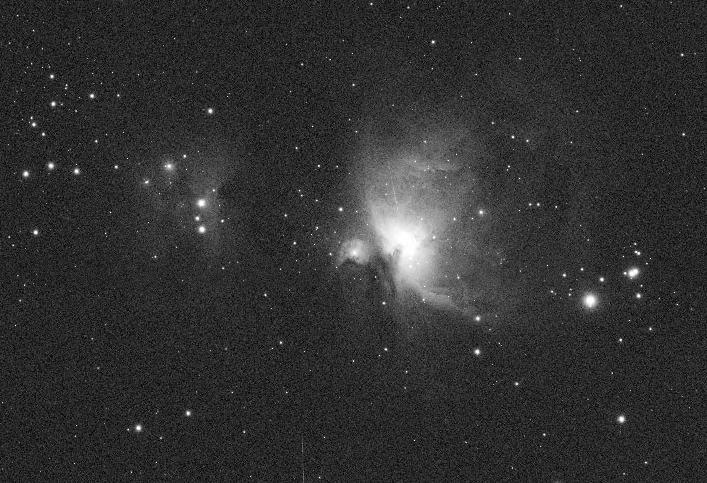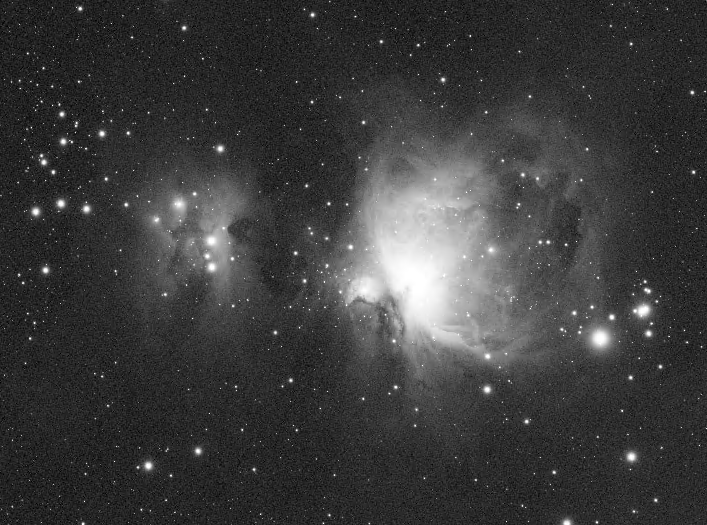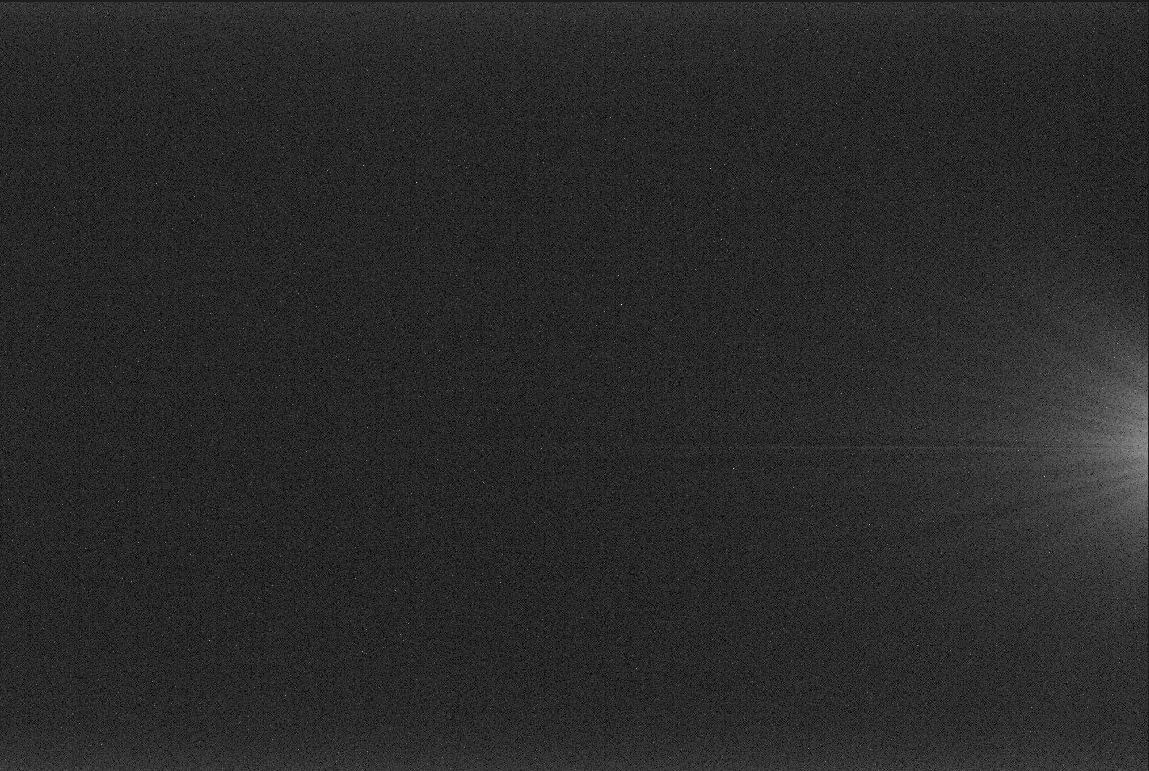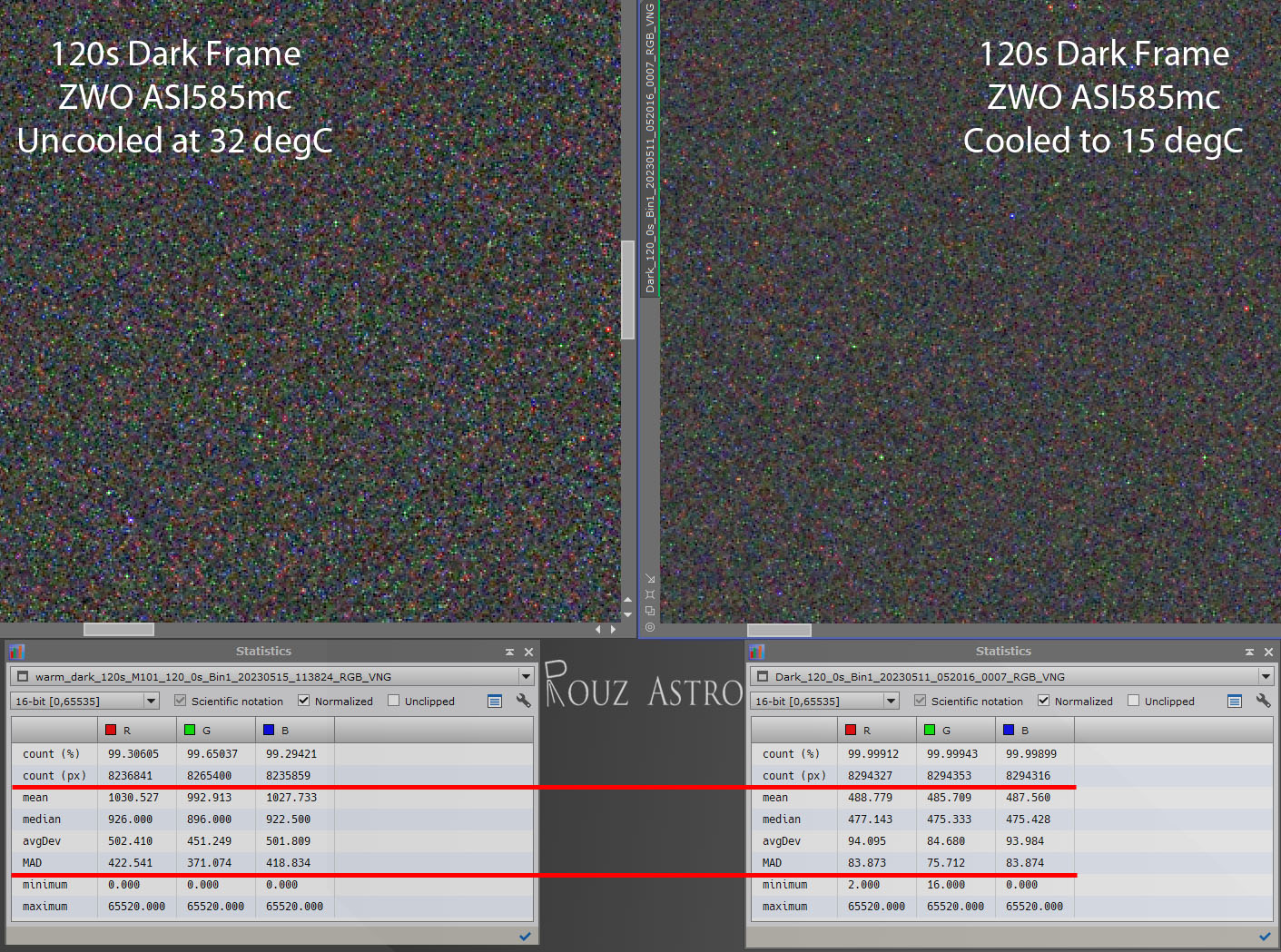Oh, I didn't know that. I only know a little bit about film, so that's good to know. When it with film, you would need to take at least three images, one for each color. The exposures would need to be longer, because taking lots of shorter exposures would be impractical, unless you do something like a color per roll.
The purpose of a cooler is to reduce noise. An advantage that film has over digital sensors is that it's fairly noiseless. Digital sensors have lots of "dark noise", and a lot of work is done to remove it. The three big sources of noise is thermal (Johnson–Nyquist noise), amplification glow, and read noise. A cooler allows me to reduce the overall noise in a single image, but also make the thermal noise a controllable variable. You can then build a calibration library of something called "dark frames", which are pictures taken at the same exposure length as your individual photo to capture the noise from the camera. Then I can overlay those onto each frame to remove a lot of the noise (or you can get a computer to do that, most software that will stack images will also use dark frames to subtract noise).
I've attached an image of a 60 second master dark frame (around 100 60s dark frames added together). The "starburst" pattern on the right is amp glow. The "salt and pepper" noise is a mix of read and thermal noise. There are patterns to it, so most of it can also be removed from the final image using this.
Next image I stole from someone else. It shows two dark frames from the same camera, with the cooler on and off. You can take dark frames without a cooler, actually. The only problem is that noise level changes with temperature, so you'd have to take dark frames at the same temperature as the camera. This isn't too hard, the big issue is that eats into imaging time and uses up more space. Because a cooler can keep a camera at a set temperature, it means you can take dark frames whenever you want and use the same ones for a year or more, so it's a purely convenience thing. There is a website called Astrobin where people share their images. You can search for whatever cameras you are using (and lenses too), to get an idea of how yours would perform. You don't need to go overboard to take images, especially since telephoto lenses are similar to telescopes in almost every respect.
The last thing I just thought of that might be an issue for film are things like satellites. Because I take lots of shorter frames, I can subtract them from the final image, but were I using film, I would be stuck with them in there. Last image is an example of that. The line is a satellite moving through the field of view. However, maybe because film is less reactive than film, maybe they'd be less noticeable?





